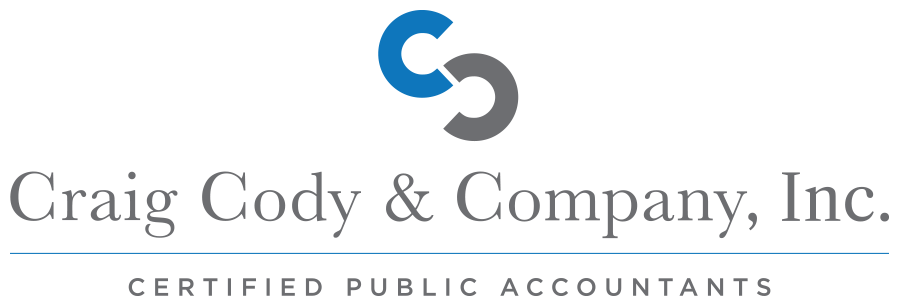Benefit Plans To Attract & Keep Talent
As an employer, offering a retirement plan like a 401(k) to your employees is a valuable benefit that can help attract and retain top talent. However, the costs associated with setting up and administering a retirement plan have historically been a barrier for some businesses.
Recent legislation has created new tax credits that substantially reduce these costs, making it more affordable and beneficial for businesses to establish a qualified retirement plan.
What Are The New Tax Credits?
There are two main tax credits for employers who set up a new qualified retirement plan…
Credit for starting an employee savings plan: If you are an employer who did not have a qualified savings plan in place the last three years, you are eligible for a generous tax credit for a new 401(k) or SIMPLE IRA plan. This credit is:
- Up to $5,000 per year for the first two years
- 75% of $5,000 in the third year
- 50% of $5,000 in the fourth year
- 25% of $5,000 in the fifth year
This also accounts for the expense of setting up these plans, effectively offsetting costs like plan setup fees, administration costs, consulting fees, and more.
Credit for employer contributions: Once your new retirement plan is established, you can claim a tax credit for making employer contributions to the accounts of employees earning less than $140,000 per year. This credit is up to $1,000 per eligible employee annually.
So if you have 10 employees making under $140k per year, you can receive up to $10,000 in tax credits each year for making employer contributions to their retirement accounts. This makes it much more affordable to offer this valuable benefit to your employees.
How Do These Credits Work?
Unlike deductions, which reduce taxable income, these are dollar-for-dollar tax credits that reduce your federal income tax liability. So a $5,000 tax credit saves you $5,000 in taxes you would otherwise owe, making the credits extremely valuable.
How To Claim Tax Credits
To claim the credits, you must file a form (Form 8881) with your business tax return each year. While seemingly simple, we recommend consulting with your tax professional to ensure you are taking full advantage of the credits available to you based on your specific situation.
Between the upfront credits for startup costs and the ongoing credits for employer contributions, now is an opportune time for businesses to start a retirement plan if they don’t already have one in place. These generous tax credits can potentially cover the majority of your business’s costs.
Final Thoughts
Starting a retirement plan is a great benefit to offer to employees, and with these new credits, employers are rewarded for taking care of their workers. The financial incentives have never been better for employers to offer this meaningful benefit.
Consult your financial advisor, accountant, or retirement plan provider to learn more about setting up a qualified retirement plan at your business. And to learn more about these new tax credits, tune in to the rest of our interview with Bill Black on the Progressive Agency Podcast
Newsletter
Subscribe to our Newsletter! Join our mailing list to receive the latest news and updates from our team.

